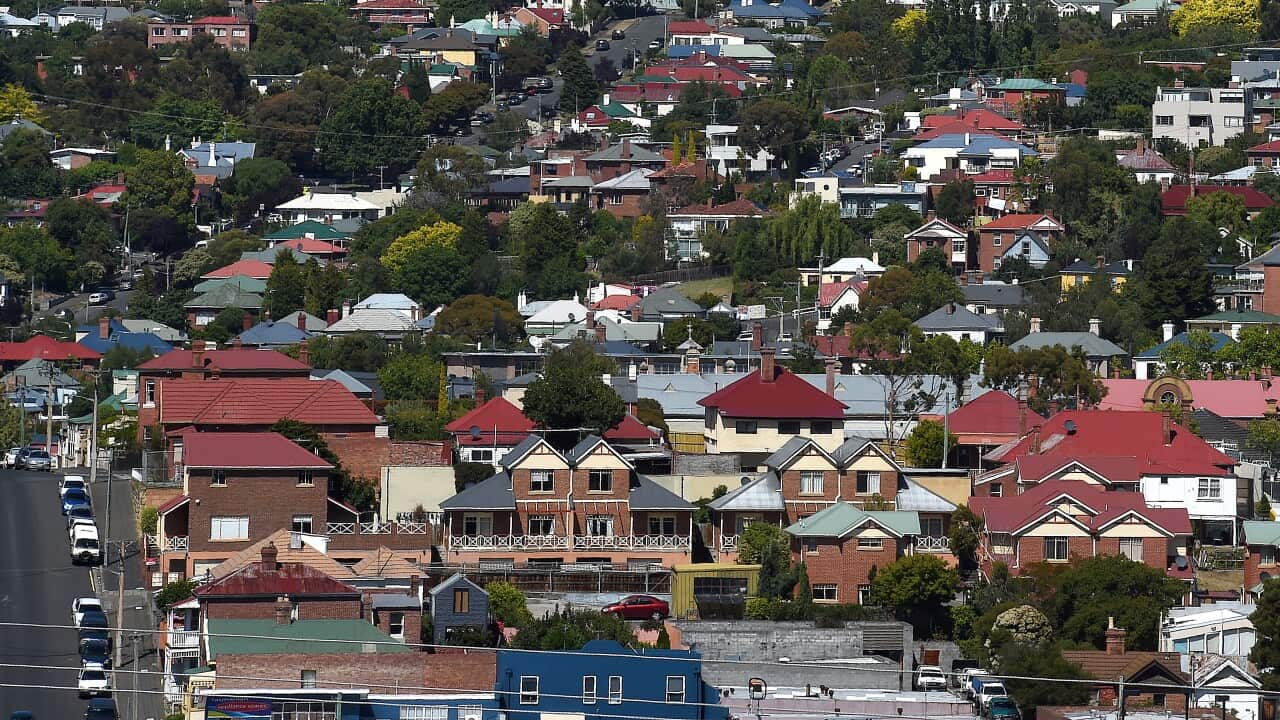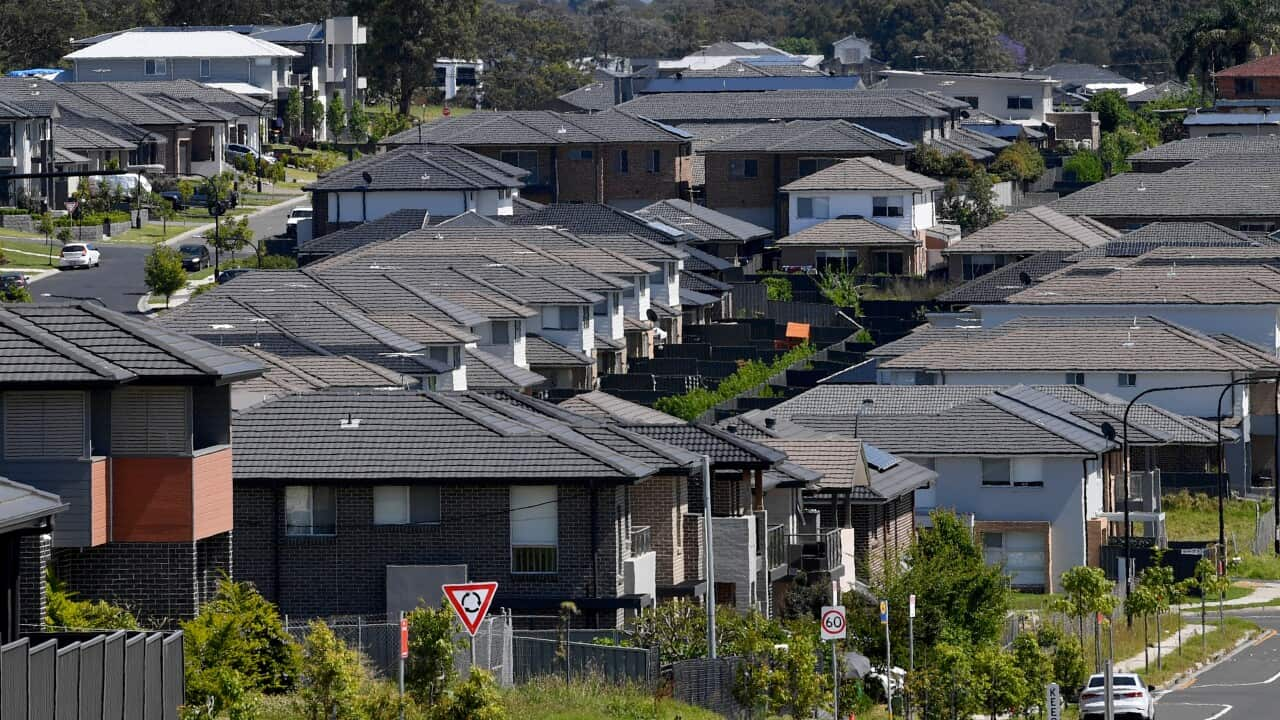Key Points
- A new analysis has found it took median house prices over 15 years to double in Australia.
- It took longer for units to double in value, around 17.8 years.
- A report has also predicted house prices in some cities will reach new record highs in the 2023-24 financial year.
Sydney and Hobart have witnessed a doubling of housing values in less than a decade, but it has taken significantly longer for the rest of the country to catch up.
Analysis has shown house values have taken less than seven years for some properties to double in value and over 17 for others.
And in the next year, house prices in some cities are predicted to hit record highs.
Here's how long it has taken property value to double across Australia and how much prices could change in the next financial year.
How long does it take for houses to double in value?
It's often said seven to 10 years is needed for property values to double, but new PropTrack analysis shows it took the median house price 15.4 years through to May 2023.
It required even longer for units, around 17.8 years.
It's taken just 6.8 years for house prices to increase twofold in Tasmania's capital city and 7.8 years for units.
In Sydney, it was 9.6 years and 17.3 years.

House prices have doubled fastest in Western Australia's outback north region. Source: SBS News
Cameron Kusher, PropTrack director of economic research, said the findings showed few markets were observing doubling values even after the big upswing at the start of the pandemic.
"This highlights that as the cost of housing has increased, the percentage gains in prices have reduced," he said.
Mr Kusher said sluggish wage growth was keeping a lid on prices, especially when compared to earlier decades when women entered the workforce in large numbers and made dual incomes more common.
Mr Kusher added macroprudential policies aimed at ensuring the financial system's stability, such as serviceability buffers, have also tightened up access to finance in recent years and kept price growth contained.
"Rising interest rates and much higher prices, along with other economic and demographic factors, will weigh on the prospects of prices doubling in the future," he said.
Housing market set for 'record highs'
The figures come after property marketplace Domain's latest house price report predicted a "well-established and steady" recovery for the Australian housing market after a downturn in 2022.
According to the Forecast Report for the 2023-24 financial year, house prices in Sydney, Adelaide and Perth will reach new record highs.
If the forecast growth eventuates, the median house price in Sydney - the most expensive city in Australia - will fall between $1.62 million and $1.66 million.
The report predicted unit prices in Brisbane, Adelaide, and Hobart could also reach a new record high.

Housing prices have doubled slowest in the Mandurah region in Western Australia. Source: SBS News
In regional areas, the report predicts house and unit prices will increase "modestly" over the coming financial year, with house prices expected to outperform units.
Nicola Powell, Domain’s chief of research and economics, said population pressures would be a leading factor in driving housing demand and higher property prices.
“Australia has seen an exponential increase in temporary and permanent migration since the international border reopened in late 2021 to alleviate skills shortages," she said.
"This puts us in a position where in the next financial year alone, nearly 130,000 extra dwellings will be needed, with the Eastern Seaboard receiving the largest share of migrants."
The population pressures are occurring alongside headwinds in the construction industry, including skills shortages, supply chain disruptions, and soaring costs.
and the serviceability buffers placed on top have seen maximum borrowing capacities shrink, which could dash some hopes for a property purchase, Domain's Forecast Report said.
The next Reserve Bank board meeting and official cash rate announcement will be on 4 July.











